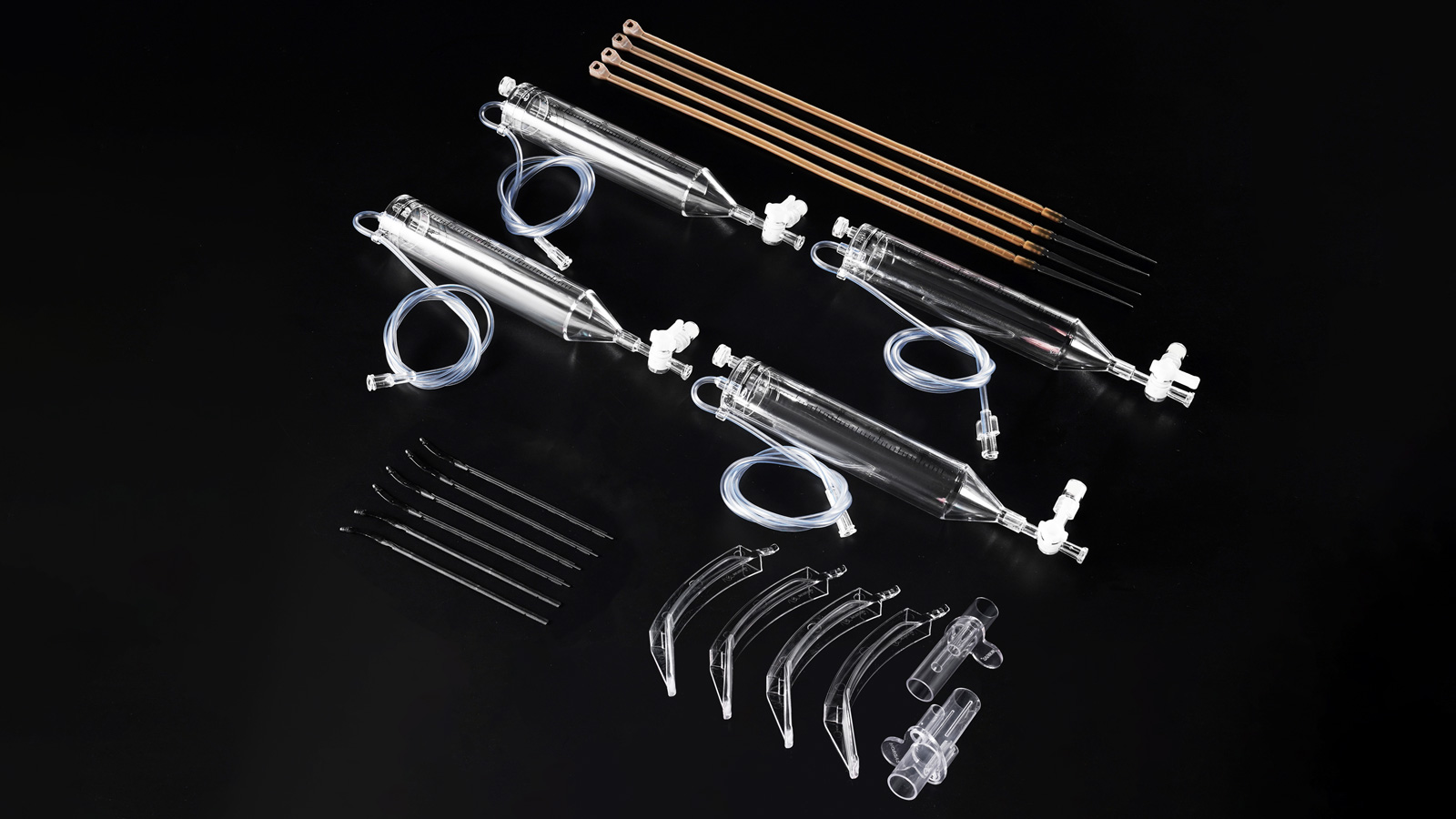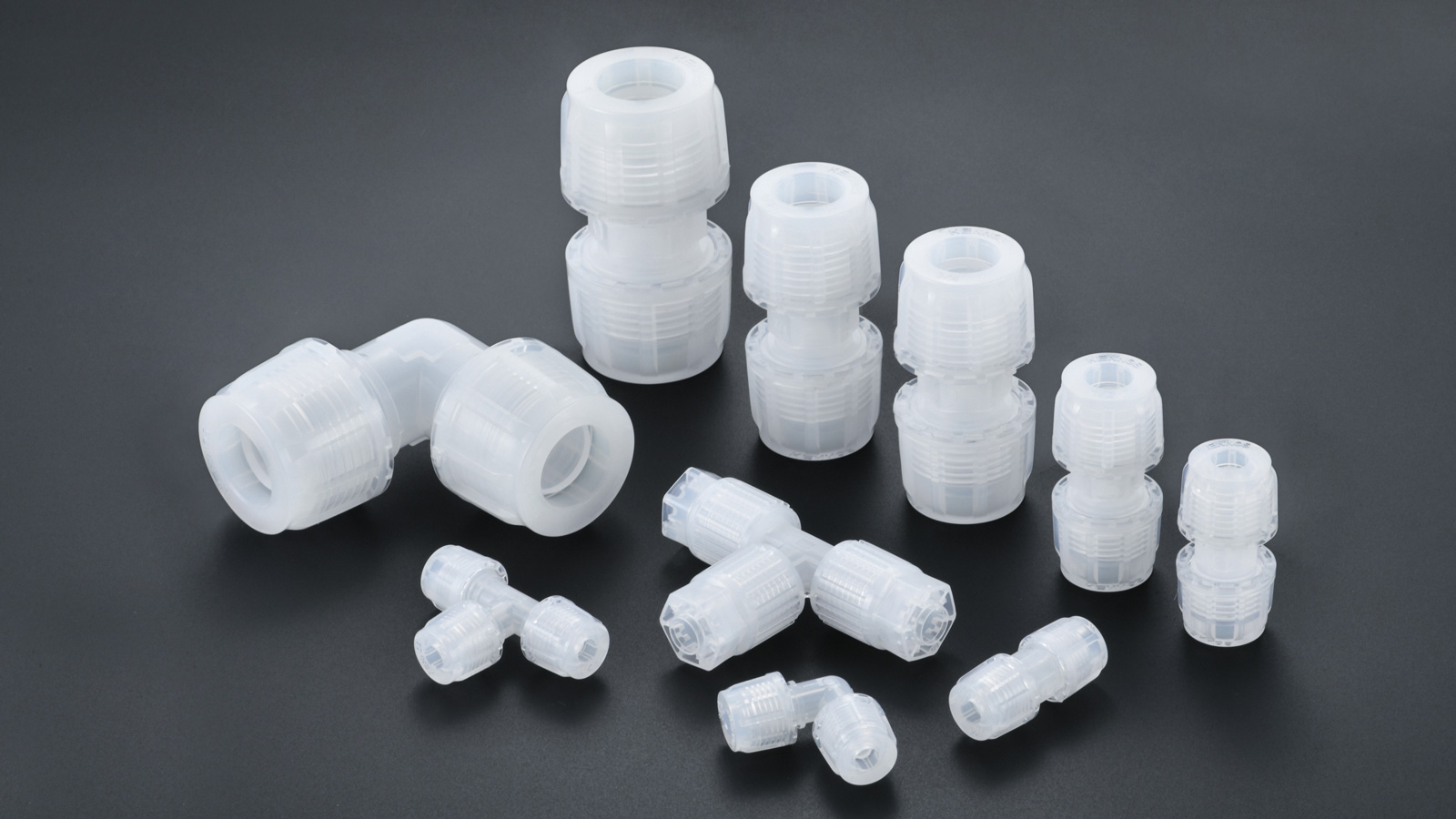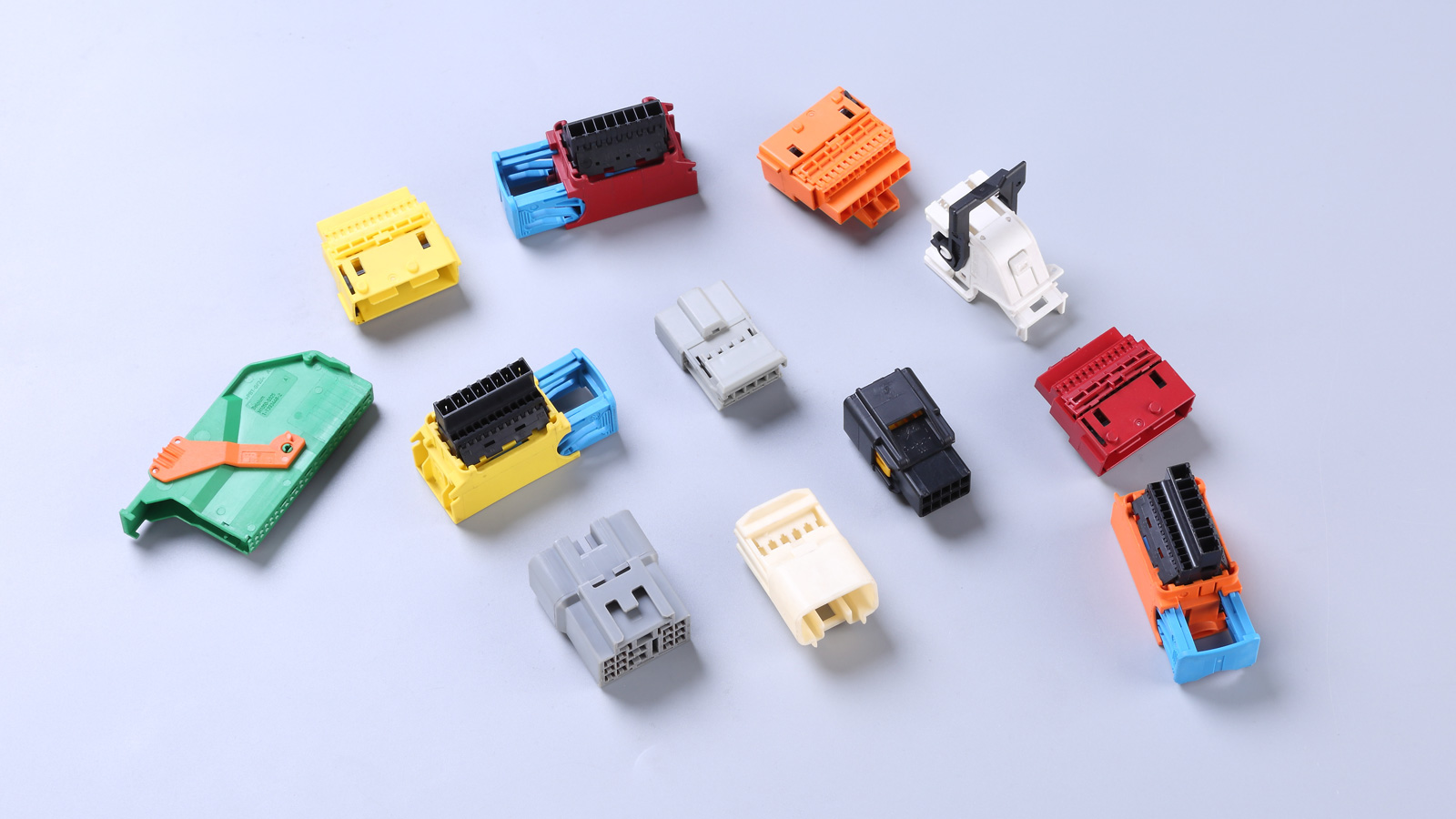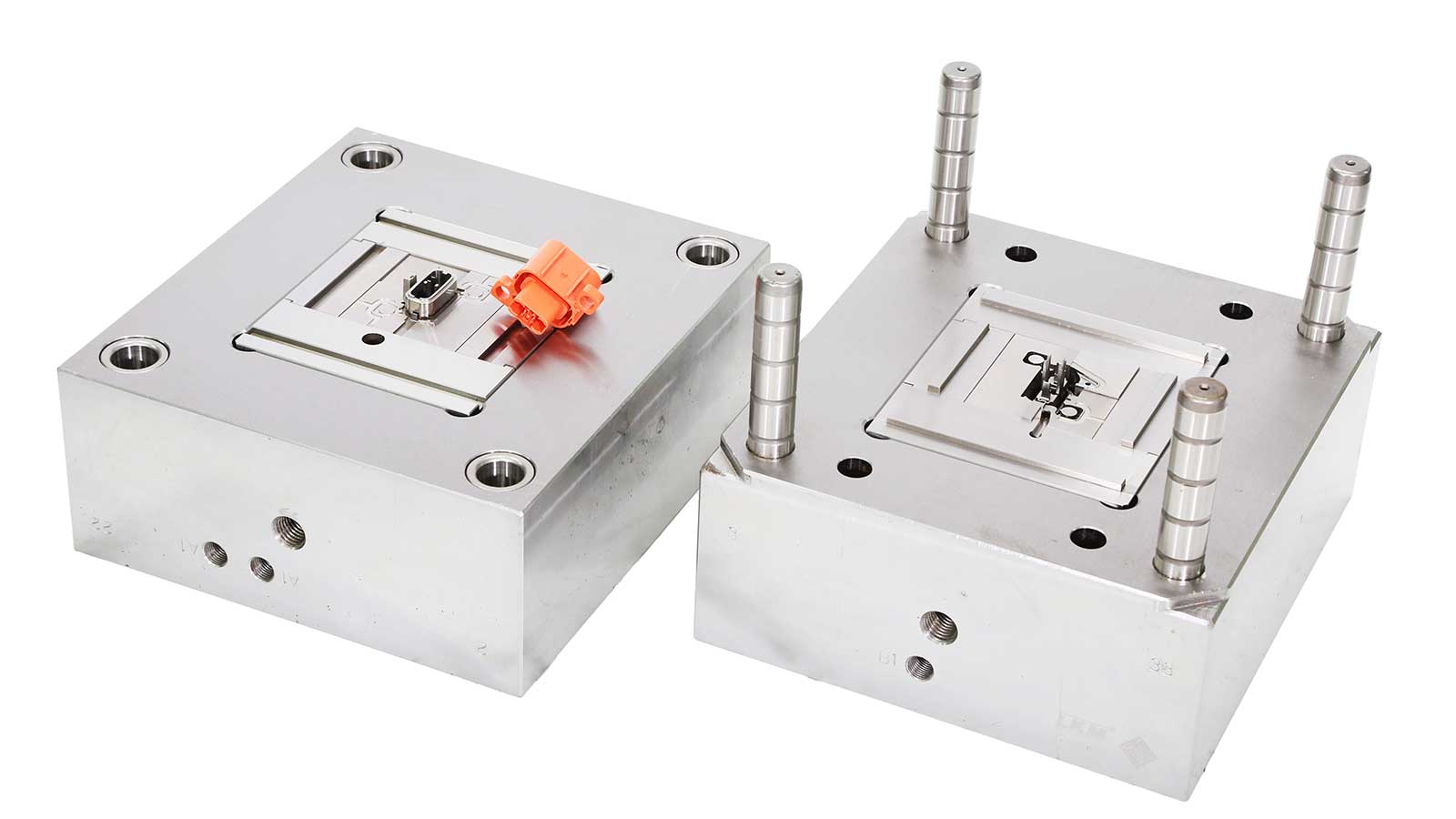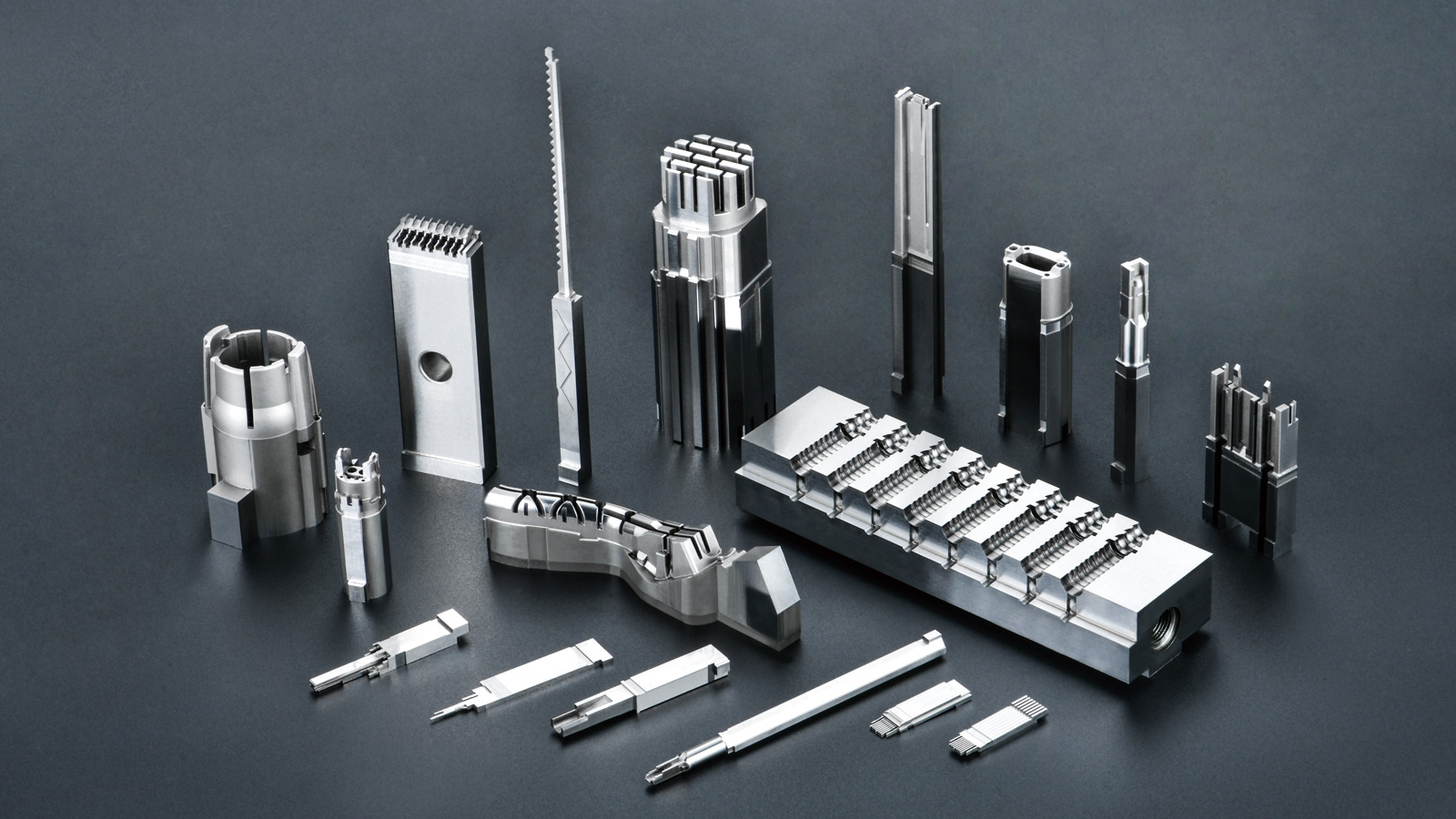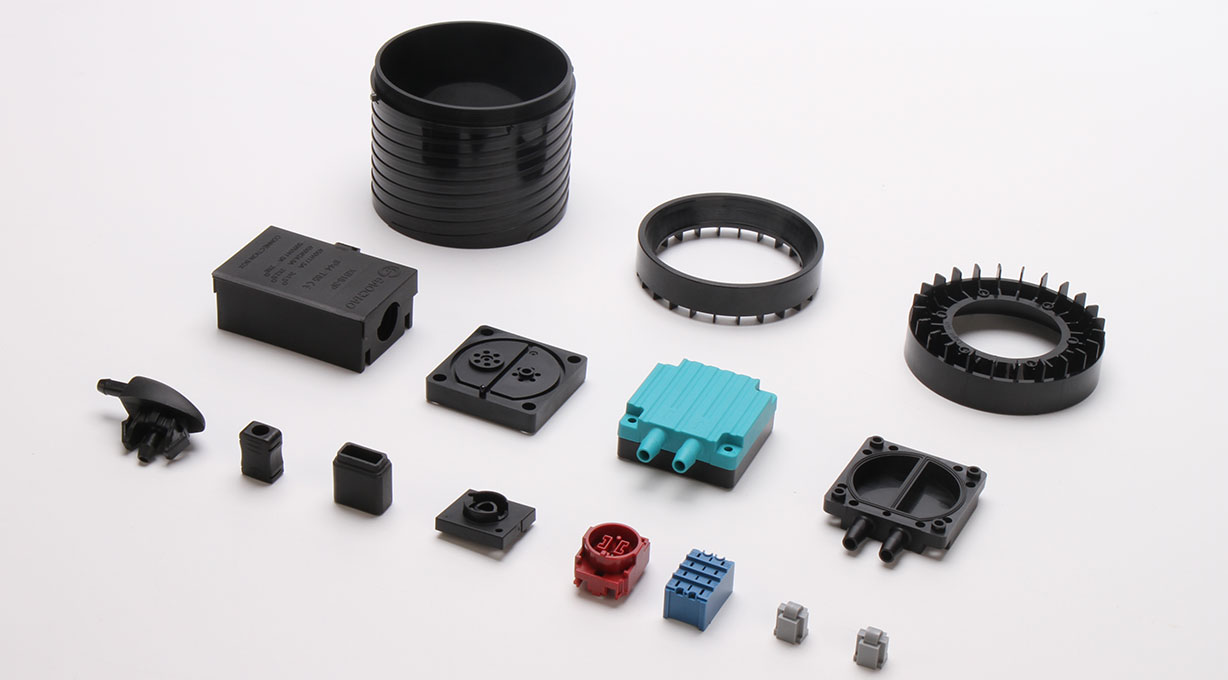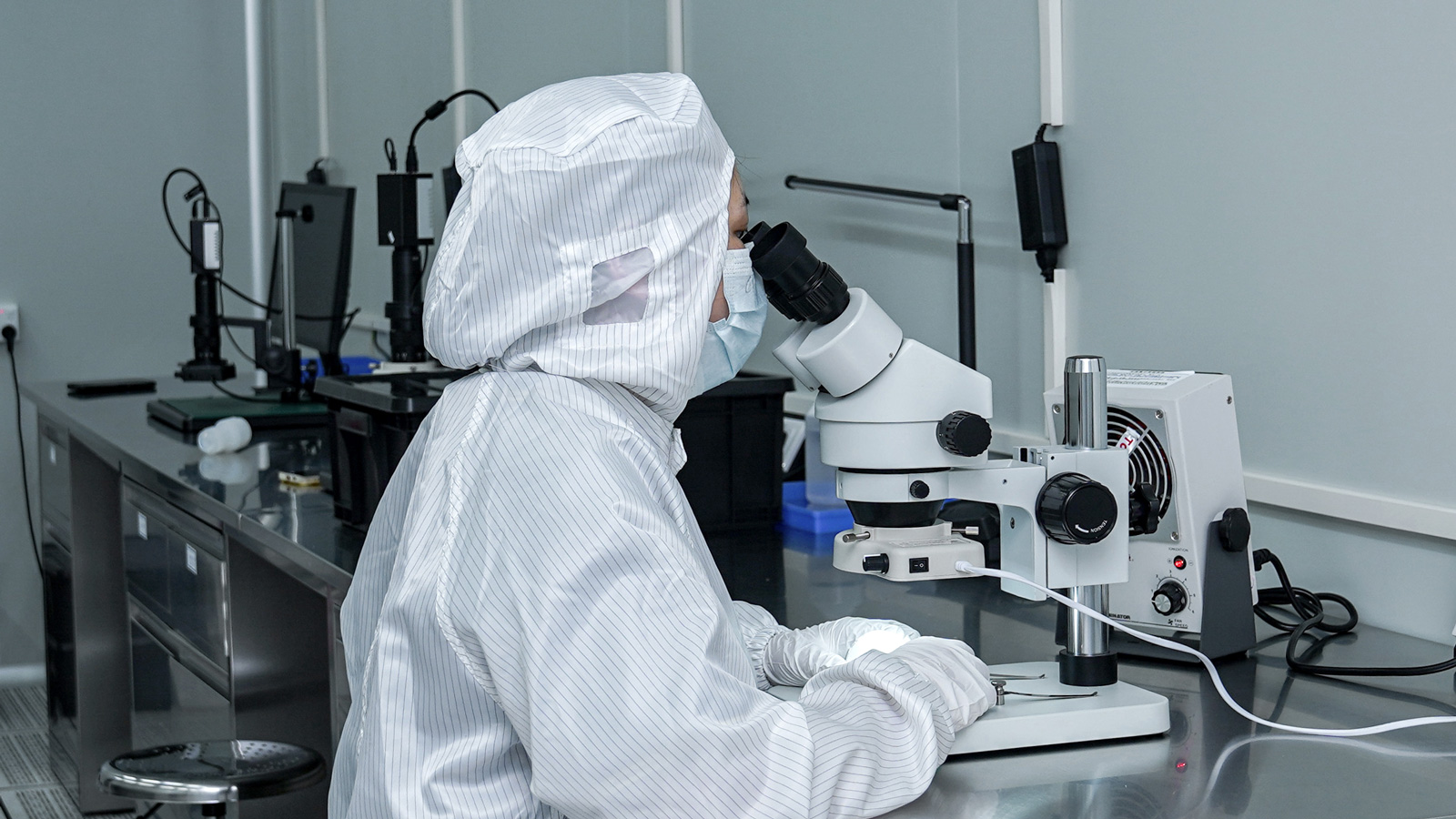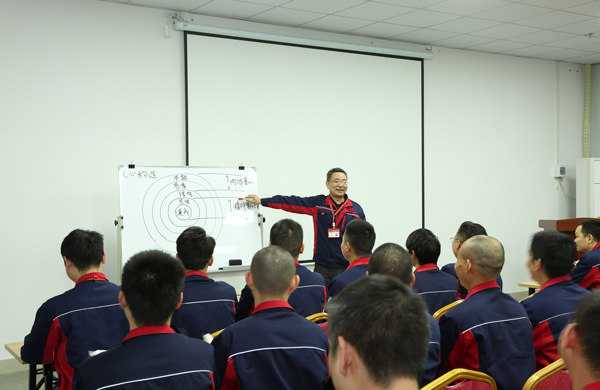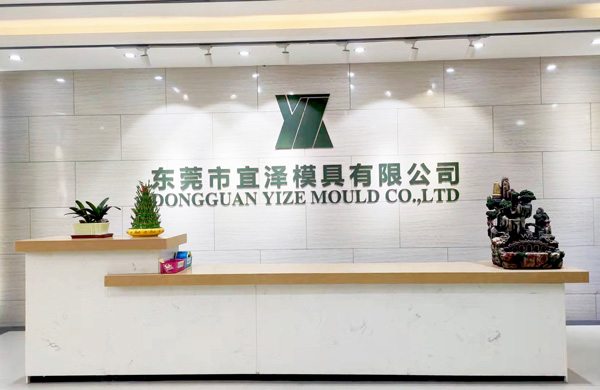Polyetheretherketone (PEEK), a typical representative of special engineering plastics, occupies an irreplaceable position in high-end manufacturing fields such as aerospace, medical devices, and automotive electronics due to its high temperature resistance (long-term use temperature up to 260°C), high strength (tensile strength exceeding 100MPa), self-lubricating properties, and biocompatibility. However, the high melting point (343°C), high viscosity, and easy degradation characteristics of PEEK materials pose stringent requirements on the injection molding process and equipment. This article systematically analyzes the core conditions that manufacturers must meet to produce PEEK injection molding products from three dimensions: technical thresholds, equipment configuration, and quality control.
I. Technical Thresholds: Dual Challenges of Material Science and Process Control
- Material Modification Capabilities
PEEK materials require modification with carbon fiber, glass fiber, or PTFE to enhance strength or wear resistance, but the modification process can lead to fluctuations in melt viscosity. Qualified manufacturers need to possess:- A self-developed database of modification formulas (e.g., melt index control range for 30% carbon fiber-reinforced PEEK)
- Real-time viscosity monitoring and dynamic adjustment systems (viscosity fluctuations must be controlled within ±5%)
- Precision Mold Design
PEEK injection molds must meet the following requirements:- Use of H13 hot work mold steel (temperature resistance ≥600°C)
- Conformal cooling channels (40% improvement in cooling efficiency)
- Mirror polishing (surface roughness Ra≤0.05μm)
- Process Parameter Optimization
Key process parameter control ranges:Parameter Control Range Consequences of Failure Melt Temperature 380-420°C Material degradation/bubble defects Injection Pressure 120-180MPa Flash/internal stress concentration Holding Time 8-15 seconds Shrinkage rate exceeds 0.3%
II. Equipment Configuration: Full-Chain Hardware Support System
-
Core Configuration of Injection Molding Machines
- Clamping force requirement: ≥800 tons (for producing 100×100×50mm parts)
- Screw assembly: Bimetallic screw (nitriding layer thickness ≥0.2mm)
- Control system: Closed-loop PID temperature control (accuracy ±1°C)
-
Auxiliary Equipment Matrix
Equipment Type Functional Requirements Certification Standards Drying System Dew point control ≤-40°C ISO 8573-1 Class 1 Mold Temperature Controller Temperature range 50-400°C CE Certification Online Monitoring Device Real-time detection of melt pressure/temperature fluctuations NIST Calibration Certificate -
Environmental Control System
- Class 10,000 cleanroom (particulate matter ≤0.5μm/m³)
- Constant temperature and humidity system (temperature fluctuation ≤±1°C, humidity ≤40%RH)
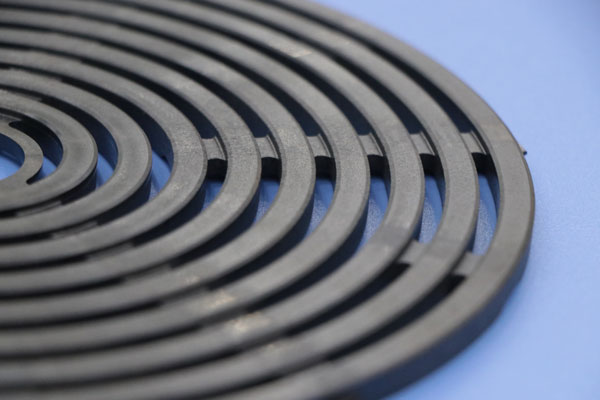
III. Quality Control: Full-Process Traceability System
-
Detection Capability Matrix
Detection Item Equipment Requirements Acceptance Standards Mechanical Properties Electronic universal testing machine (accuracy class 0.5) Tensile strength ≥98MPa Chemical Resistance High and low temperature alternating test chamber Acid resistance rate <0.1%/h Dimensional Accuracy Coordinate measuring machine (accuracy 2.5μm) Tolerances comply with ISO 2768-mK -
Certification System Requirements
- Basic certification: ISO 9001 quality management system
- Industry certifications:
- Medical devices: ISO 13485 + FDA 21 CFR Part 820
- Aerospace: AS9100D + NADCAP special process certification
-
Process Control Documents
- Process validation reports (CPK≥1.33)
- Material batch traceability records (retention period ≥10 years)
- Equipment preventive maintenance logs (daily/weekly/monthly three-level maintenance)
IV. Characteristics of Typical Qualified Manufacturers
- Industry Experience Threshold
- Continuous 5-year record of PEEK injection molding production
- Successful case coverage:
- Medical devices: Orthopedic implant trays (resistant to irradiation sterilization)
- Aerospace: Engine fuel system components (resistant to 200°C hot oil)
- R&D Investment Ratio
- Annual R&D investment accounts for ≥8% of revenue
- Patent reserves: At least 3 invention patents related to PEEK injection molding
- Supply Chain Integration Capabilities
- Strategic partnerships with raw material suppliers such as Victrex and Solvay
- Mold processing cycle ≤25 days (for standard parts)
Conclusion
The production of PEEK injection molding products is a systematic engineering project involving material science, precision manufacturing, and quality control. Qualified manufacturers need to build a full-chain capability system from raw material modification, process optimization, to detection and certification. Their technical strength and certification qualifications constitute important entry barriers in the high-end manufacturing field. For customers seeking PEEK injection molding services, an in-depth investigation of the manufacturer’s equipment configuration, process control capabilities, and certification qualifications is key to ensuring product quality and delivery stability.
